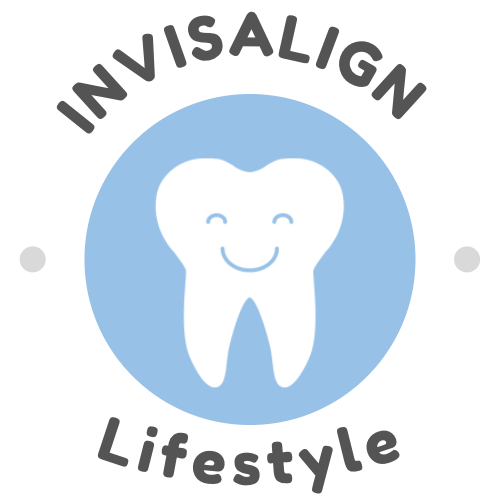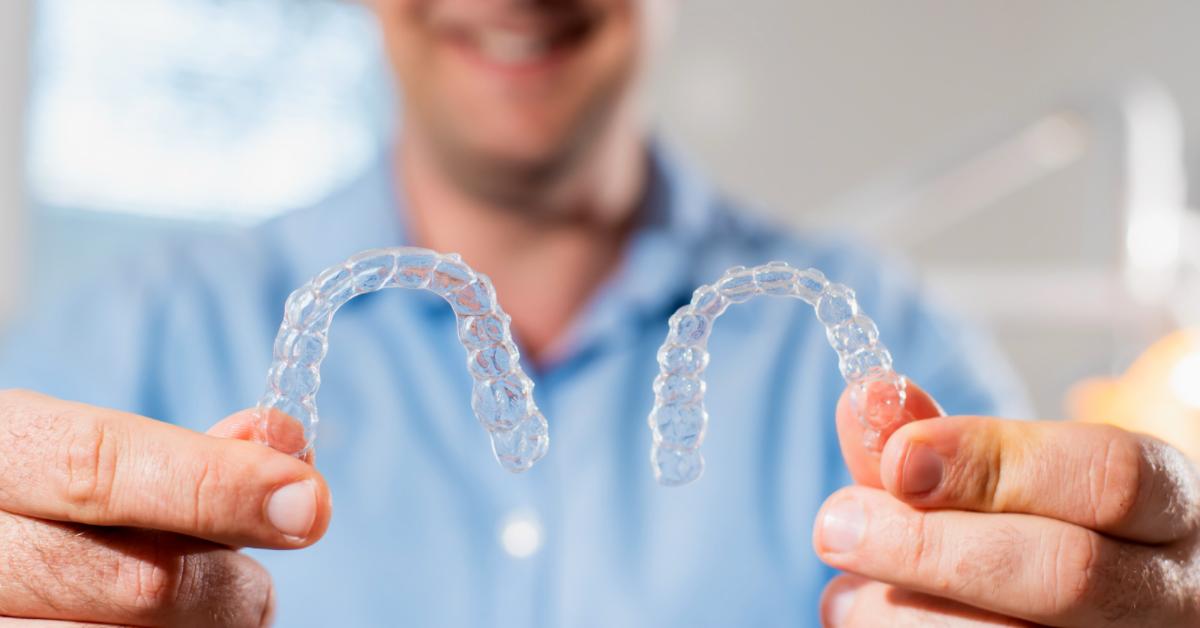Life After Invisalign: The Joy (and Struggles) of Vivera Retainers
So, you’ve completed your Invisalign journey and your teeth are perfectly straight. Fantastic! But as many of us find out, the work isn’t quite finished yet. Your Vivera retainers are now part of the process. They help make sure that all the progress you’ve made doesn’t start to slip back.
I’ve personally been wearing my retainers every night for about a year and a half now, and while it’s become second nature, it’s definitely something to get used to. But it’s a small price to pay for keeping that smile in place.
Understanding Invisalign Treatment and Retainers
When you’re done with Invisalign, the idea of retainers can feel like an unexpected extension of your treatment. After all the months or years of wearing aligners, the thought of having something in your mouth again might not sound appealing. But your retainers play an important role in maintaining the results of your treatment.
Without them, your teeth might start shifting back, and before you know it, you could be looking at the same issues you started with. Wearing your retainers is the easiest way to avoid that.
The Importance of Wearing a Retainer
A retainer is, simply put, your safeguard. By wearing it regularly, you’re keeping your teeth from moving back to their old positions. While it might seem like a hassle, it’s really just a small commitment to ensuring that all your hard work doesn’t go to waste.
I’ve found that having the retainer at night gives me peace of mind. Especially since I used to grind my teeth while I slept, causing me to chip a tooth here and there. Since wearing my retainer, that’s not something I worry about anymore.
Types of Invisalign Retainers
Vivera retainers are the removable type, which makes life easier when it comes to things like eating and cleaning. While there are fixed retainers too, I’ve found that the removable ones are comfortable and easy to manage. And knowing they’re a bit more durable than others is reassuring.
How Long Do You Need to Wear a Retainer?
This is the question everyone asks: “How long do I need to keep this up?” When I finished my Invisalign treatment, my orthodontist told me that after about a year, I could reduce the frequency to a few nights a week. This may vary for you, so it’s always best to consult your provider.
That said, I’ve kept up the routine every night. For me, it’s just easier to be consistent and know that my teeth are staying in place.
Caring for Your Invisalign Retainer
Keeping your retainer clean is really important. I clean mine with a soft toothbrush and non-abrasive toothpaste to keep it fresh. It’s a quick part of my evening routine now and makes sure everything stays hygienic.
If you have a fixed retainer, cleaning can be a bit trickier, but flossing regularly and using a Waterpik can help keep things in order.
The Cost of Invisalign Retainers
Now, onto the cost. Yes, retainers can be a bit of an investment. I personally paid around 300 euros for a set of three Vivera retainers (I’m from The Netherlands). It’s not cheap, but after all the effort (and expense) of Invisalign, it feels like an investment worth making to protect the results.
What to Expect After Invisalign Treatment
There’s one thing you should know: if you skip wearing your retainer for a while, you might notice it feels tight the next time you put it on. That’s a gentle reminder from your teeth that they need the retainer to stay in line. It’s not painful, but it’s definitely a bit uncomfortable.
The trick is to stay consistent so you don’t have to deal with that tight feeling too often!
Benefits of Removable Retainers
The big plus of removable retainers is, well, that they’re removable. It’s easy to take them out when you need to eat or clean them, and they’re quite discreet. You don’t feel like you’ve got something bulky in your mouth, and you don’t need to worry about them showing.
Invisalign Aligners and Retainers: A Long-Term Solution
In the end, Invisalign and retainers work together to give you the best long-term results. Invisalign gets your teeth where they need to be, and retainers make sure they stay there.
It’s a long-term commitment, but one that’s well worth it when you consider the alternative of having your teeth shift back!

